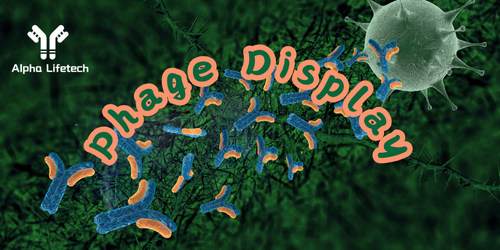Camelid Nanobodies (VHH):
Source: Derived from the single variable domain (VHH) of heavy-chain antibodies found in camelids like llamas, camels, and alpacas
Structure: Camelid nanobodies are singledomain antibodies, meaning they consist of only one variable domain, unlike conventional antibodies with multiple domains. VHH domains are around 15 kDa, much smaller than traditional antibodies. VHH domains have 3 complementarity-determining regions (CDRs) that mediate antigen binding. The CDR3 region in VHH is often extended, allowing binding to concave epitopes and hidden/cryptic sites.
Properties: They are highly stable, can bind to antigens with high specificity, and can be engineered to improve their binding properties. They are also less immunogenic in humans compared to conventional antibodies. Camelid VHH domains have characteristic amino acid substitutions in the framework regions that increase their solubility.
Applications: Camelid nanobodies are used in a variety of fields, including diagnostics, therapeutics, and research. Their small size allows them to access epitopes that are difficult for larger antibodies to reach.
Shark Nanobodies (VNAR):
Source: Derived from the single variable domain (VNAR) of heavy chain antibodies found in sharks and other cartilaginous fish. Sharks produce these nanobodies, specifically from the immunoglobulin new antigen receptor (IgNAR) class.
Structure: Shark nanobodies are also singledomain antibodies but are derived from a different class of immunoglobulins than camelid nanobodies. They are known for having a unique structure and are often referred to as IgNARs (Immunoglobulin new antigen receptors). VNAR domains are around 13 kDa, even smaller than camelid VHH. VNAR domains have only 2 CDRs (CDR1 and CDR3), in contrast to the 3 CDRs in VHH. The CDR3 region in VNAR is also extended, allowing binding to buried epitopes. Shark VNAR domains exhibit structural differences from camelid VHH, such as the lack of a CDR2 region.
Properties: Shark nanobodies have similar advantages to camelid nanobodies, such as high stability and the ability to bind to challenging antigens. They are also noted for their unique binding mechanisms and potential for use in high-throughput screening and as therapeutics.
Applications: Like camelid nanobodies, shark nanobodies are used in research and therapeutic applications. Their unique binding properties and stability make them valuable in various scientific and medical contexts.
In summary, both camelid nanobodies (VHH) and shark nanobodies (VNAR) share the key advantages of small size, and ability to bind cryptic epitopes. However, they differ in their structural details, with shark VNAR domains being even smaller and having a simpler 2CDR antigen binding site compared to the 3CDR VHH domains.






Comments